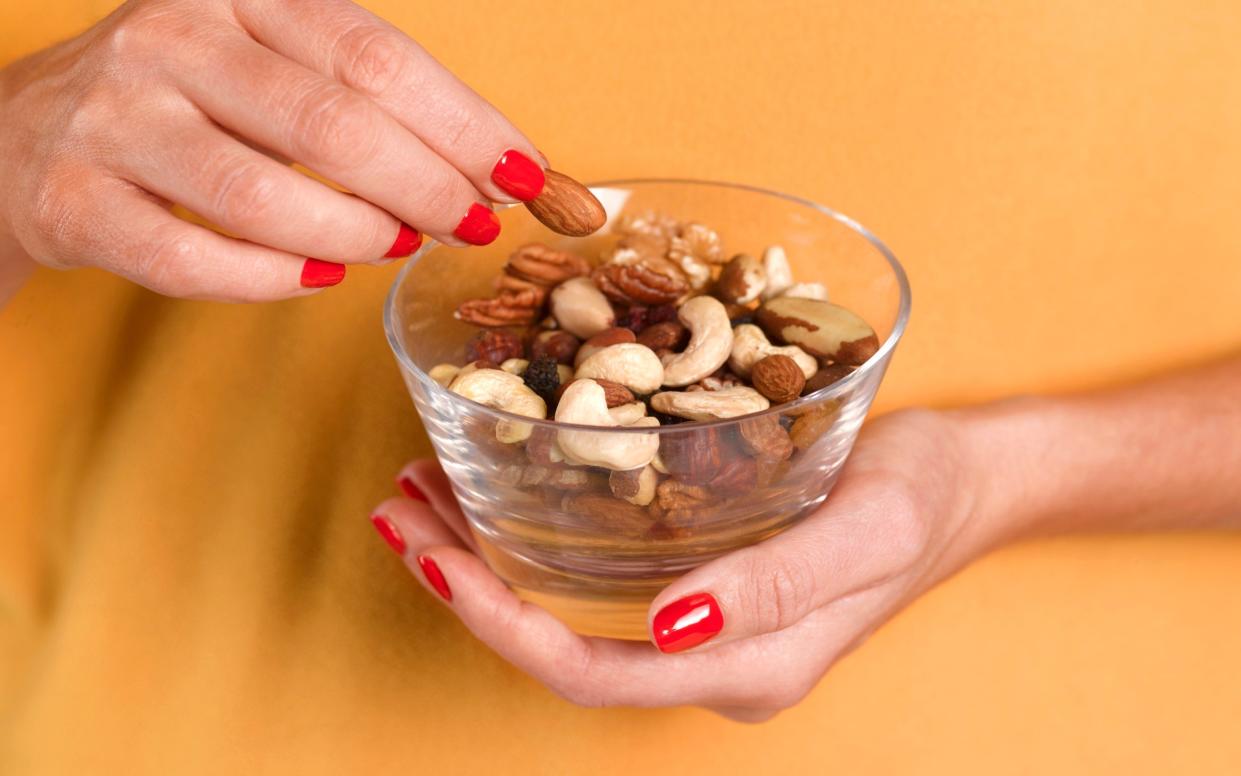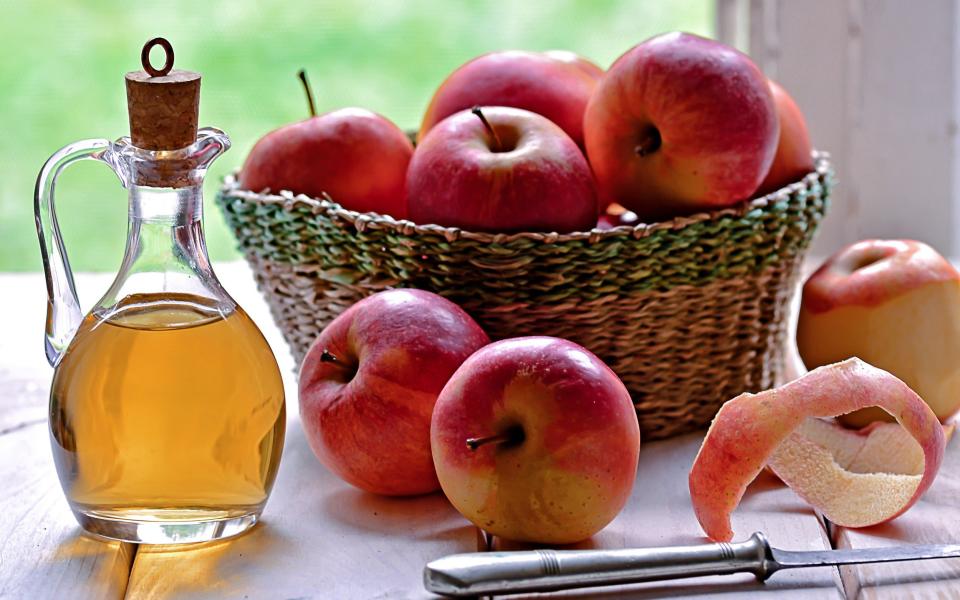Three easy ways to stabilise blood sugar levels

The recent findings of scientists from China, that drinking at least four cups of tea a day may reduce the risk of developing type 2 diabetes by 17 per cent, is welcome news for any tea drinkers among the estimated seven million people in the UK with prediabetes. But if you aren’t a tea drinker there are other simple dietary changes you can make to help regulate your blood sugar levels. Here are three…
1. Fill up on fibre
Blood sugar spikes, over time, lead to insulin resistance which is the precursor to type 2 diabetes. Foods with a high glycaemic index (a measure of how much a food increases blood sugar levels), such as sugary snacks, soft drinks, white bread and potatoes, will all cause such spikes. Conversely, the rate of glucose absorption can be reduced by eating more fibre, which acts to slow down digestion.
It’s recommended that we eat 30g of fibre a day, which can be found in fibre-rich foods such as beans, wholegrains, nuts, seeds, fruit and vegetables. You can get an easy 10g of fibre in at breakfast with a 50g serving of this fibre-rich muesli: Combine 300g oats, 100g psyllium husk (or use wheatgerm instead), 50g flaked almonds, 50g mixed seeds and 50g raisins. Serve with plain Greek yogurt and some chopped apple or berries, which are also good sources of fibre.
2. Add some apple cider vinegar

Vinegar, particularly apple cider vinegar, has been found to increase insulin response and reduce blood sugar spikes if consumed on a regular basis. Buy raw apple cider vinegar that contains the ‘mother’ - the cloudy substance that floats or forms a sediment in the bottle, which is a culture of healthy bacteria that transforms the apple cider into vinegar.
Apple cider vinegar can be used in homemade salad dressings or get your daily dose with a glass of “ACV” lemonade. Place the juice of a lemon, a tablespoon of apple cider vinegar and a teaspoon of maple syrup in a tall glass and give it a good stir. Top up with sparkling water and add a few ice cubes to serve.
3. Sprinkle on the spices
Cinnamon and fenugreek have been used in alternative medicine for thousands of years and both have been linked to improved blood sugar control in recent studies. Cinnamon can be sprinkled over porridge, added to smoothies or dusted over the top of wholegrain toast spread with peanut butter and mashed banana.
Fenugreek is less likely to be on your spice rack, but it’s worth seeking out because a review of 10 different studies found it significantly reduced blood sugar two hours after eating. Make a fenugreek tea by coarsely crushing one tbsp fenugreek seeds and adding to a pan containing 250ml of boiling water. Simmer for 10 minutes. Take off the heat and add a small handful of fresh mint leaves and a teaspoon of honey (optional). Leave to steep for five minutes. Pour through a strainer to serve. Note, it’s not advised to consume fenugreek if you are pregnant or already on prescribed diabetes drugs.


